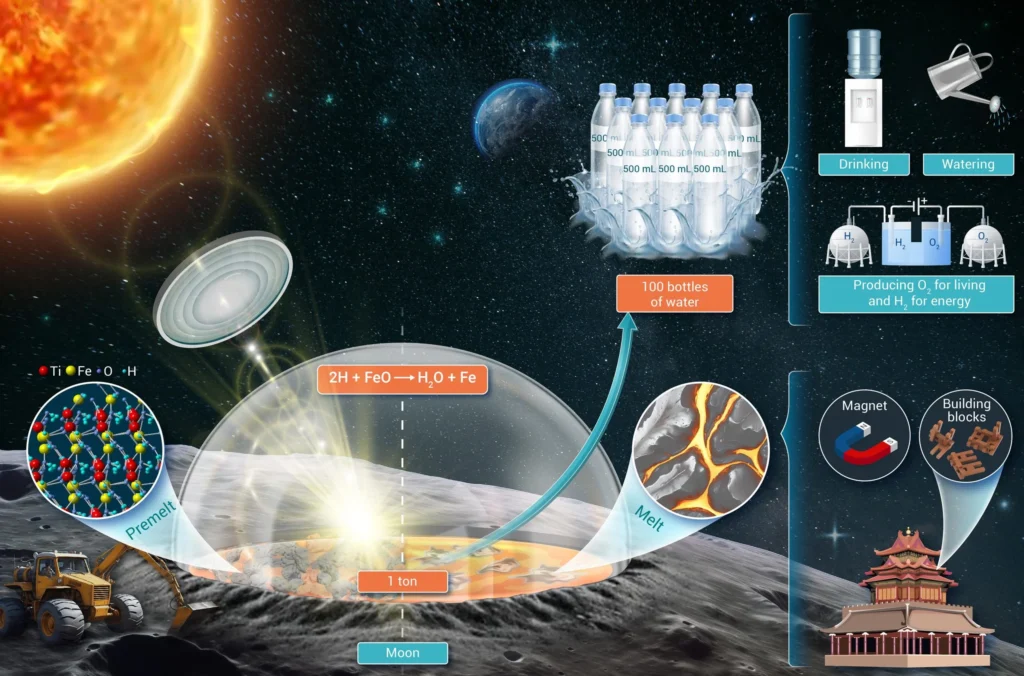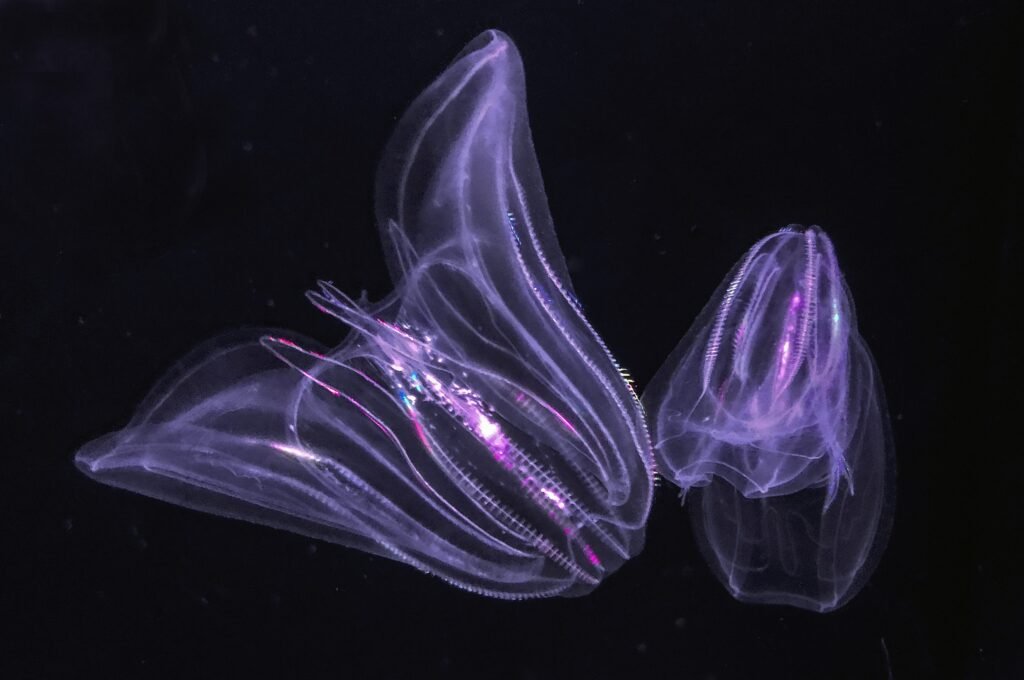China is producing drinking water from Moon soil
According to a new research study, China is producing drinking water from Moon soil. It aims to maintain sustainability for humans on the lunar surface.
Chinese researchers have been working to develop a means to provide the Moon with sustainable resources needed for human living.
They are recently developing a system that uses lunar soil to create water on the moon. This is also a significant step towards establishing human colonies in space.

Water has been the most crucial element in the search for life on the moon. Since discovering some indications of water, scientists have worked to create enough water on the natural satellite to support human life.
Scientists led by Professor WANG Junqiang have created a method to produce water from lunar soil. He belonged to Chinse Academy of Sciences (CAS) Ningbo Institute of Materials Technology and Engineering (NIMTE).
Researchers have developed a method for producing water on a massive scale on the moon by utilizing a special chemical reaction between lunar regolith and natural hydrogen. This process also helped water extraction from it.
Professor WANG stated they used lunar regolith samples brought back by the Chang’E-5 mission in their study while trying to find a way to produce water on Moon.

Click here to read the updates on researchers who can make fuel from moon dust using old satellites
He also emphasized that using real lunar material is crucial to the validity of their experiment. However, studies show heated lunar regoliths of over 1,200K produced one gram of molten regolith using specially made concave mirrors.
It can yield between 51 and 76 mg of water. This states more than 50 kg of water, or 100 500 ml drinking water bottles may be produced from one tonne of lunar regolith.
This shows how this can support human life on Earth. However, these many water bottles can supply 50 people with drinking water for a full day. To make this possible, China is thus producing drinking water from significant lunar ilmenite (FeTiO3) as a mineral for water extraction.
Read More:
- Sea creature turns into a baby when it is stressed out showing time travel
- Realme Narzo 70 Turbo 5G launch date, features, specifications & price
- European Space Agency printed 3D metal part in space for first time
- Earth’s mysterious Alaska triangle where over 20,000 people disappeared
- Philips Hue launched a new smart lighting solution for kitchen
- NASA to launch life-searching spacecraft to Jupiter’s moon Europa
Share this content:










Post Comment